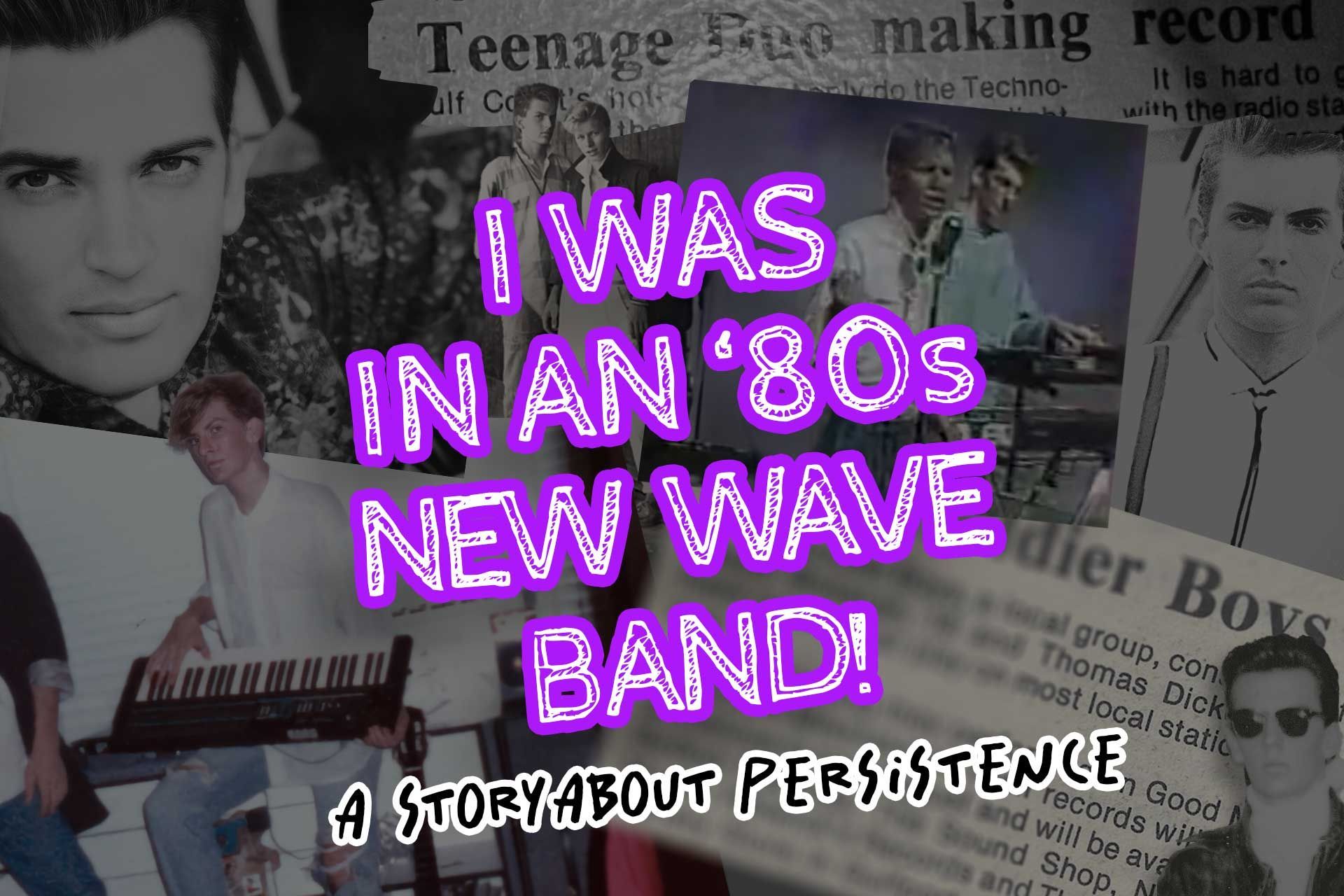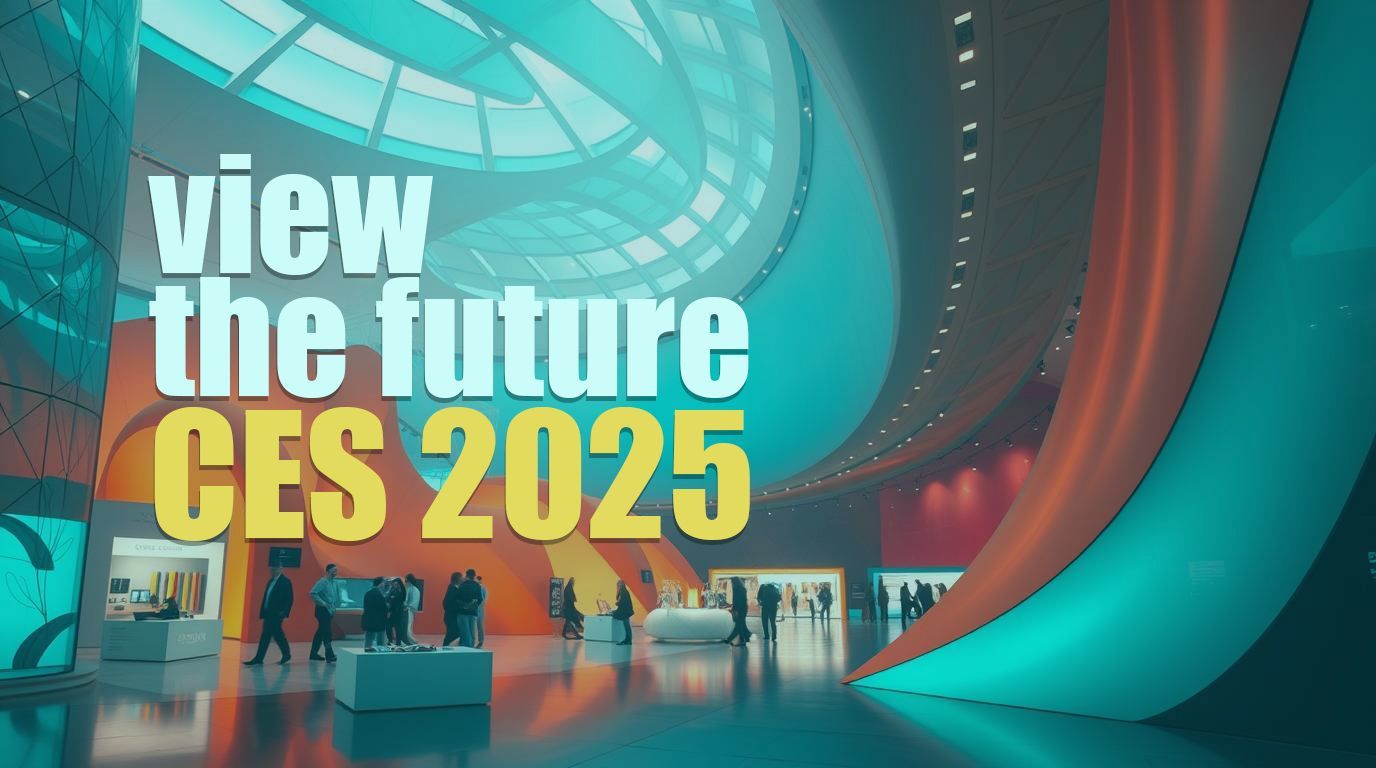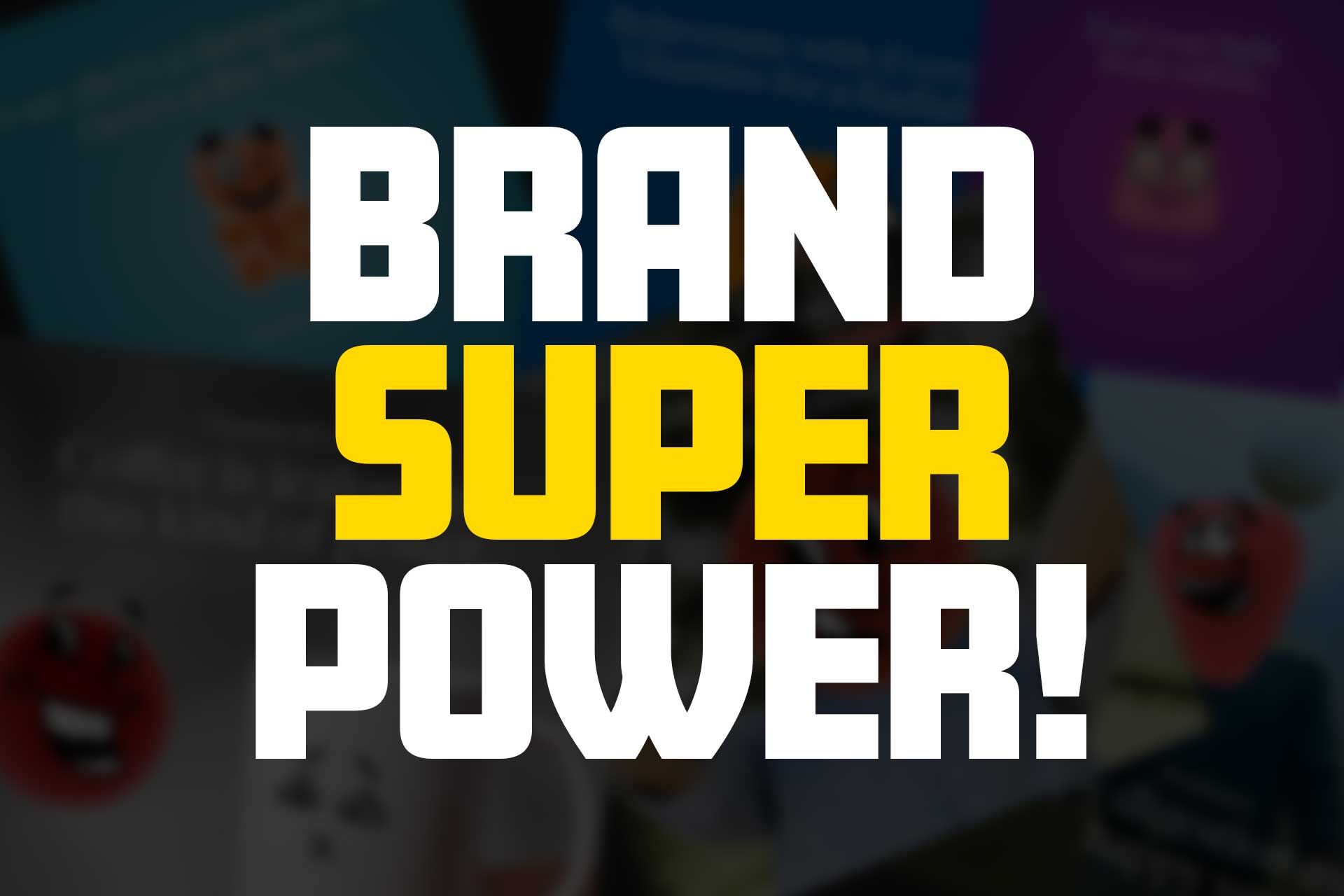Get in touch
555-555-5555
mymail@mailservice.com

Persistence Pays Off: Lessons Learned from Rejection to Wins

I was 15 years old in 1986 when I met Jason, the other half of my synth-pop duo through some friends in the “scene”. We were the “punk”, “new-wave” or “modern” kids that didn’t quite fit in anywhere in our small town in Southern Mississippi. There were very few of us that were in to this new genre.
When Jason and I first started writing music together we immediately knew there was something there. We were totally aligned on our song writing framework and had a great time jamming.
Things were simple. I had a single synth and some drum loops to help us sketch things out. We wrote our first single during that initial session and within a few weeks we were ready to hit the studio. But paying for it all would be a challenge. We didn’t have families with a lot of disposable income, so we had to get creative with how we financed our dreams. I took odd jobs like mowing lawns and cleaning a large dance studio and Jason, who could drive and was a bit older than me, sold his ’57 Chevy to pay for new equipment, recording sessions, and the production of our record.
Once in hand, we spent every waking moment selling copies of our record. We’d go to malls around the region and talk to teenagers (mostly girls) and pretend we were from England and touring our way through America. If you could only hear our terrible British accents. It worked. We sold a ton of records and eventually struck deals with record stores in the area to carry our song. We were getting known but there was one thing we knew we needed – radio airplay if we were going to move the needle. Jason and I would stop by every radio station around and cold call the program director. Most of the time we were sent away without getting a meeting. One time we spent over 6 hours waiting in the lobby of the #1 station in the area until they finally relented and agreed to meet with us - only to be rejected within the first few minutes. It was a tough break but we wouldn’t be deterred!
This was all happening during the Christmas season and while we were at one of the local record stores, to our surprise that program director we had waited over 6 hours to meet with was in the store. Seeing the look on his face when he saw us walking towards him made me quite nervous after being rejected so many times, but we were determined to get on the radio and weren’t going to squander this chance to talk to him. We were very polite but made the plea to give us a chance throwing out the line “But it’s Christmas”. And to our shock and maybe even his, he reluctantly agreed to put us on the radio! This station had a popular call-in show where they would play 2 new songs, mostly from well-known artists, and listeners could call in to vote for their favorite. We couldn’t have been more excited.
These days social media would have been the perfect tool to rally our growing fan base but in our case, we got on the phone and called everyone we knew and then asked them to call everyone they knew to listen and vote for us. It was only a few days later that we had our first ‘bout in the station’s “Jam-off”.
That first night, our fans blew up their phone lines. The station said they’d never had that many call-ins and their phone lines stayed busy even we were announced as the winner.
Night after night our song won. We went up against bands like Bananarama, Duran Duran, and RUN-DMC. When our song finally “lost” after a couple of weeks, the radio station told us that we had really won but they needed to move on but said because of the popularity of our song they’d put us on regular rotation. We were so excited! During this time, several other radio stations picked up the song. We were eventually featured in some magazines, newspapers, and even on TV. Later, we almost signed a major record deal. Even Disney’s Hollywood Records reached out – that’s a funny story.
I learned something powerful as a young teenager. If you want something to happen, tenacity, persistence, hard work, and even going against the grain are required to get there. This lesson came in handy as I pivoted to a new career path.
“No one will EVER buy
a computer over the internet”
- Anonymous Executive
My first professional job was in the early days of what would be the internet. A lot of companies didn’t even have websites yet. I was working as a national salesperson for a memory manufacturer that had started a PC division. Since my dad was a computer engineer, I had grown up in a tech savvy household. Combined with my electronic music background, computer tech was very much a part of my world. By then I had already written some simple programs and was doing graphics in the pre-photoshop era.
Our call center was getting bogged down constantly. We were in the top 3 personal computer market and things were heating up. When we would take an order over the phone, we’d have to fill out a printed order sheet and then manually enter it into the build system. I knew there had to be a better way. So, I got to work coding a web-based configurator where customers could choose their components, tally up the price and submit the order. This is something that we don’t even think about today but was very new at the time. It wasn’t connected to a build/manufacturing system at that time, but I saw the potential to automate the whole process.
I put together a demo and presentation and my manager arranged a meeting with the top execs in the company. As I concluded my demo, one exec laughed at me and said “No one will ever buy a computer over the internet” as he nudged the execs next to him to get their approval of his opinion.
While in that moment I felt a bit dejected, I knew this was the future. I pushed forward anyway in ways that I could. For example, I had the IT department create the previously non-existent sales@companyname email address and had it come to my inbox so that I could work with customers over the internet. When I got too busy doing that, I created a little MAPI application that would send the customer emails to a curated list of reps that I liked and trusted to help me.
There was no denying that the internet was becoming more important. I eventually pushed the execs to create a dedicated team for internet sales. They agreed!
A couple of months later, one of our main competitors launched an online configurator that rightfully sent panic into the execs. I was asked to start working with the dev team in IT to help them build out our system. It was a success and launched in record time and yes, very quickly customers were buying PCs over the internet.
This cemented my habit to always look for ways to improve revenue or save money. To be innovative and forward thinking while always learning. During the remainder of my time, I was able to do some amazing things.
- I created a hardware driver delivery method that eliminated a manual process that saved the company millions of dollars each year.
- I created a multimedia team and built out a state-of-the-art video and audio production facility where we could produce training material, tutorials, and other visually rich media during a time when the internet wasn’t advanced or fast enough to do that.
We all face uphill battles in our career. Maybe you're just getting started, or like me, navigating an unexpected turning point. Whatever stage you're at, here's my lesson learned: don't mistake doubt or a lack of immediate 'yes's for a lack of potential in yourself or your idea. Rejection breeds resilience if you let it.
So, embrace that fighting spirit. Push boundaries. Don't wait for the market to catch up – it's the people who forge ahead and redefine it that leave a legacy. I often tell my team that there is always a path to success even if we feel our operating parameters are stacked against us. We can remain positive and find the path.
My song may not have become a platinum hit, but that teenage determination became my throughline. Maybe yours can too.
Share:




Overseeing Marketing Vision And Strategy
Experience in leading marketing at companies like Rightpoint, Hoodoo Digital, and Western Digital Corporation demonstrates my ability to oversee and drive a comprehensive marketing vision and strategy.
Let's Connect!
Contact Us
We will get back to you as soon as possible.
Please try again later.
All Rights Reserved | Thomas Dickens
Privacy & Terms
